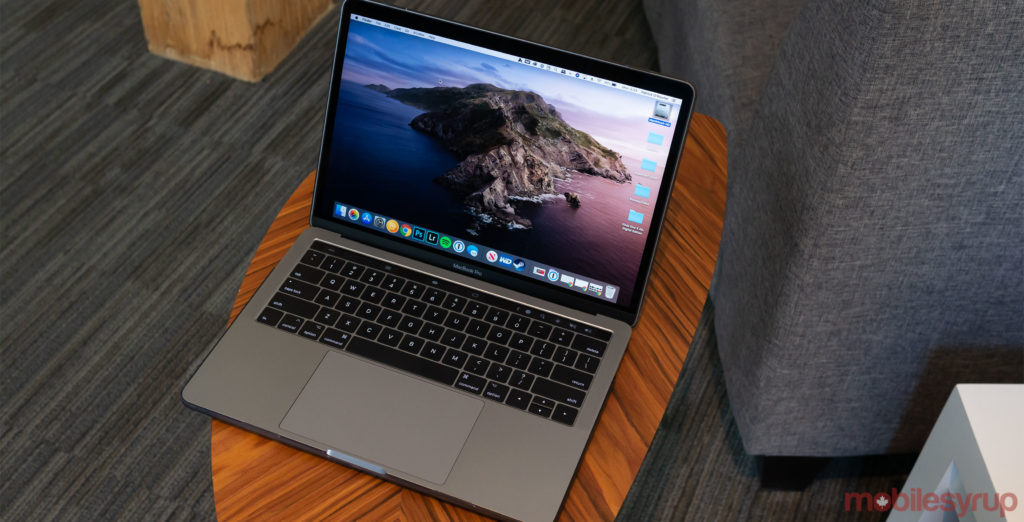For the love of Apple, every other fruit would cease to have mentioned. It is evident that the company has captured a really loyal fan base that keeps up-to-date in case of any new release for the devices they hold – the iPhone and the Macs.
We previously looked at the new iOS 13 and the key security features it has; now, here comes the latest MacOS Catalina.
MacOS Catalina Interesting features
Some of the new interesting features include: the replacement of iTunes by Apple Music, Apple Podcasts and Apple TV. The new Sidecar feature which extends your Mac workspace by using iPad as a second display. Voice Control for users to control Mac and iOS devices entirely with their voice. It uses the latest version of Siri speech recognition technology to transcribe spoken text and enable editing text via voice. And Screen Time, which gives an insight into how users are spending time with apps and websites.
MacOS Catalina will bring Apple Arcade to the App Store on Macs as well. Apple Arcade is the company’s exclusive gaming service, which has select titles that are only available on iOS and macOS. Apple Arcade costs $4.99 in the US per month.
Is your Mac compatible?
You ought to check if your Mac meets the basic requirements to receive the Catalina update. Good news is, if you were running Mojave, there is a high likelihood that the new MacOS won’t trouble you in downloading and installing. Generally, you should have OS X 10.9 or later running on your device, 4GB of RAM and at least 12.5GB of available storage.
Below is the list of Macs that can have the MacOS Catalina:
- MacBook 2015 and later
- MacBook Air 2012 or later
- MacBook Pro 2012 or later
- Mac Mini 2012 or later
- iMac 2012 or later
- iMac Pro 2017 or later
- Mac Pro 2013 or later
If you don’t know which exact Mac you have, you can check it from the Apple menu, choose About This Mac. The Overview tab displays which Mac you have.
How to download MacOS Catalina
If you wish to upgrade from older versions such as macOS High Sierra (10.13), Sierra (10.12) or El Capitan (10.11), visit the App Store to download macOS Catalina. If you are still running Lion (10.7) or Mountain Lion (10.8), the better option is to first upgrade to El Capitan (10.11) first, and then go on to download macOS Catalina.
If Catalina is available, you should see the new OS listed. You can also search for “Catalina” in the store if you don’t see it. If that doesn’t work, from the Apple menu, choose About This Mac and tap Software Update to see if it appears. If you still don’t see it, Apple may be doing a staggered update, so be patient while it rolls out.
Tap the Update — or Get — button to download the update. Step through the installation prompts to complete the installation.
For MacOS Mojave users, go to the Software Update option in System Preferences to find the macOS Catalina upgrade. Click on the Upgrade Now option, and follow the onscreen instructions to install the new operating system.
Key to note when upgrading to MacOS Catalina
Ensure that you make a backup of the contents of your Mac’s drive, so that you are secure in case the installation does not go as planned. Also, ensure that you have your AppleID on you because you’ll most likely need it during the Catalina setup process and logging into iCloud.

